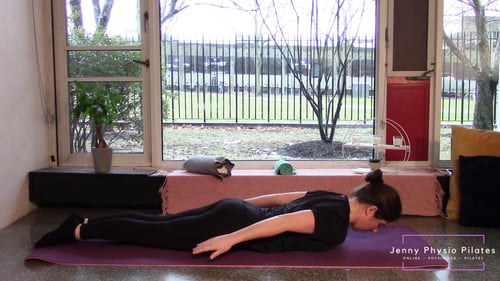What is it?
Whiplash results from the head being suddenly jerked backwards and forwards. It can result in injury to bones or soft tissues in the upper body which are collectively referred to as Whiplash-Associated Disorders.
How does this happen?
Whiplash-Associated Disorders most commonly occur after a road traffic accident where the car you are travelling in is rear-ended. They can also occur from sports, diving and other activities.

What are the symptoms?
Typically pain is felt in the neck and may refer to:
- The head (may result in headaches)
- The shoulder and arm (heaviness / ache)
Other symptoms which can also occur include:
- Restricted movement of the neck
- Stiffness in the upper body
- Pain around your jaw
- Fatigue
- Tingling, pins and needles or numbness in the arm
- Muscle spasms
How is it diagnosed?
Whiplash-Associated Disorders are diagnosed by an assessment from a healthcare provider (e.g. Doctor, Registered Physiotherapist etc). This assessment typically starts with some questions about how this injury occurred, your symptoms and your past medical history. You may be asked to fill out a questionnaire to give your healthcare provider further insight into how this injury is affecting different areas of your life.
A physical exam will then be carried out during which you will be asked to perform simple movements like looking to the left/right. Your healthcare provider will carry out certain tests to check what structures are involved. You may be sent for an x-ray to rule out bony injury. It is rare that a MRI or CT scan will be required.
After all of this your injury will be classified depending on the severity of it and the structures involved. Whiplash-Associated Disorders are graded from 0 - IV, with 0 being the least severe and IV being the most severe. Typically in clinical practice we mostly see grade I - II.
What treatment will I need & how long will it take to recover?
Research shows that the earlier you attend a healthcare provider after your injury and the earlier you start a treatment programme the better your recovery will be.
Initial treatment may involve medication to help reduce pain levels.
Evidence-based guidelines recommend starting gentle movement exercises as soon as possible which will help reduce pain and improve your function.
The video "Neck Pain" in the Masterclass Section will take you through tips and strategies on managing neck discomfort, while keeping yourself moving. The "Neck Stretching" video goes through some gentle movement exercises.
Treatment for the majority of people will consist of exercise. Studies have shown that Whiplash-Associated Disorders respond best to:
- Movement or mobility exercises for the neck, upper back and shoulders.
- Strengthening of the upper back, mid-back and neck.
The Niggly Neck Rehab Series is a progressive series of classes which includes all of these exercises. It is suitable for Whiplash-Associated Disorders (> 6 months previous).

The most important piece of advice for a quick recovery is to keep moving!!! Research shows that if we move as normal and go about our daily lives as normal (within pain limits) that it aids a speedy recovery.
Recovery time frames vary as there are many factors involved. Approximately 50% of people recover within one year. For a more severe injury it can take up to three years to see full resolution.
TAKE HOME MESSAGE:
Keep moving, stay active and return to work as soon as possible to promote a smooth and swift recovery!
Information sourced from:
Pastakia, K., & Kumar, S. (2011). Acute whiplash associated disorders (WAD). Open access emergency medicine : OAEM, 3, 29–32.
National Institute for Health and Care Excellence (NICE) (2018). Neck Pain - Whiplash Injury.

